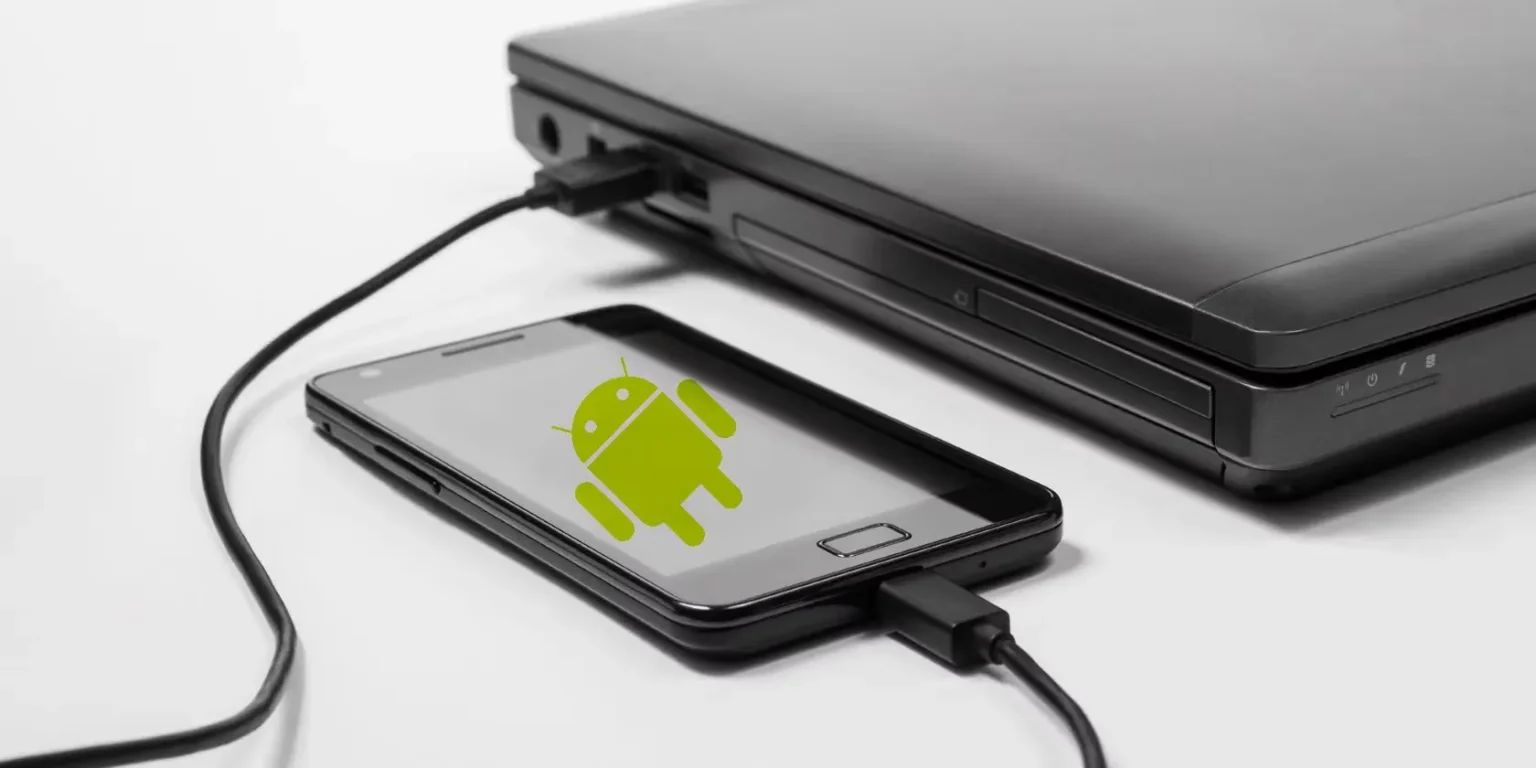In the current digital era, USB connectivity is essential to our everyday existence because it allows for smooth data transfer, device charging, and a host of other features between devices. But a common problem that many Android users face is that the device’s default USB configuration continually resetting to charge the device alone. When you need to transfer data, tether your device, or perform other USB-related operations, this can be quite annoying.Several things, such as software bugs, misconfigured settings, out-of-date firmware, or even hardware problems, can cause the default USB configuration to reset.
Understanding the Problem
What is Default USB Configuration?
The way your Android device communicates with a connected computer or USB device is determined by the default USB configuration. However, MIDI, USB tethering, and file transmission are just a few of the features it offers. Other operations cannot be carried out when the configuration is reset to charging only.
Why Does the Default USB Configuration Reset?
There are multiple reasons why the default USB settings can reset. These might be hardware problems as well as software bugs, obsolete software, and wrong settings. To put the right answer into practice, the root problem must be found.
Common Solutions
Check USB Settings
First, ensure that your USB settings are correctly configured.
Go to Settings on your Android device.
Navigate to Connected devices or USB preferences.
Select the desired USB configuration, such as File Transfer.
Enable Developer Options
Enabling developer options can provide more control over USB settings.
Open Settings.
Scroll down and select About phone.
Tap on Build number seven times to enable developer options.
Go back to Settings and select System.
Tap on Developer options and scroll to Default USB configuration.
Choose your preferred configuration, like File Transfer or MIDI.
Advanced Solutions
Update Software
Keeping your software up-to-date can resolve many issues.
Go to Settings.
Scroll to System and select Software update.
Check for updates and install if available.
Clear Cache and Data
Clearing cache and data for the USB settings can reset any corrupted files.
Open Settings.
Navigate to Apps & notifications.
Select See all apps and find USB settings.
Tap Storage & cache and select Clear cache and Clear storage.
Hardware Checks
Inspect USB Cable and Port
A faulty USB cable or port can cause connection issues.
Ensure your USB cable is in good condition.
Try using a different USB cable.
Inspect the USB port on your device for any damage or debris.
Test with Another Device
Testing with another device can help identify if the issue is with your phone or the connected device.
Connect your phone to a different computer or USB accessory.
Observe if the problem persists.
Additional Tips
Use USB Debugging
Enabling USB debugging can sometimes resolve USB configuration issues.
Open Settings.
Navigate to System and select Developer options.
Toggle on USB debugging.
Conclusion
To fix the problem of the default USB configuration repeatedly resetting to charge the device, one must comprehend the root causes and implement solutions methodically. You may successfully resolve this issue and guarantee that your device keeps the appropriate USB settings for your need by following the thorough instructions.
It’s important to begin with the fundamentals first, such verifying your USB settings and turning on developer options. Usually, the problem can be solved fast and easily with these first steps. If the issue still doesn’t go away, trying more sophisticated fixes like updating your software, deleting cache and data, and checking the USB port and cable will help find and resolve more serious problems.


